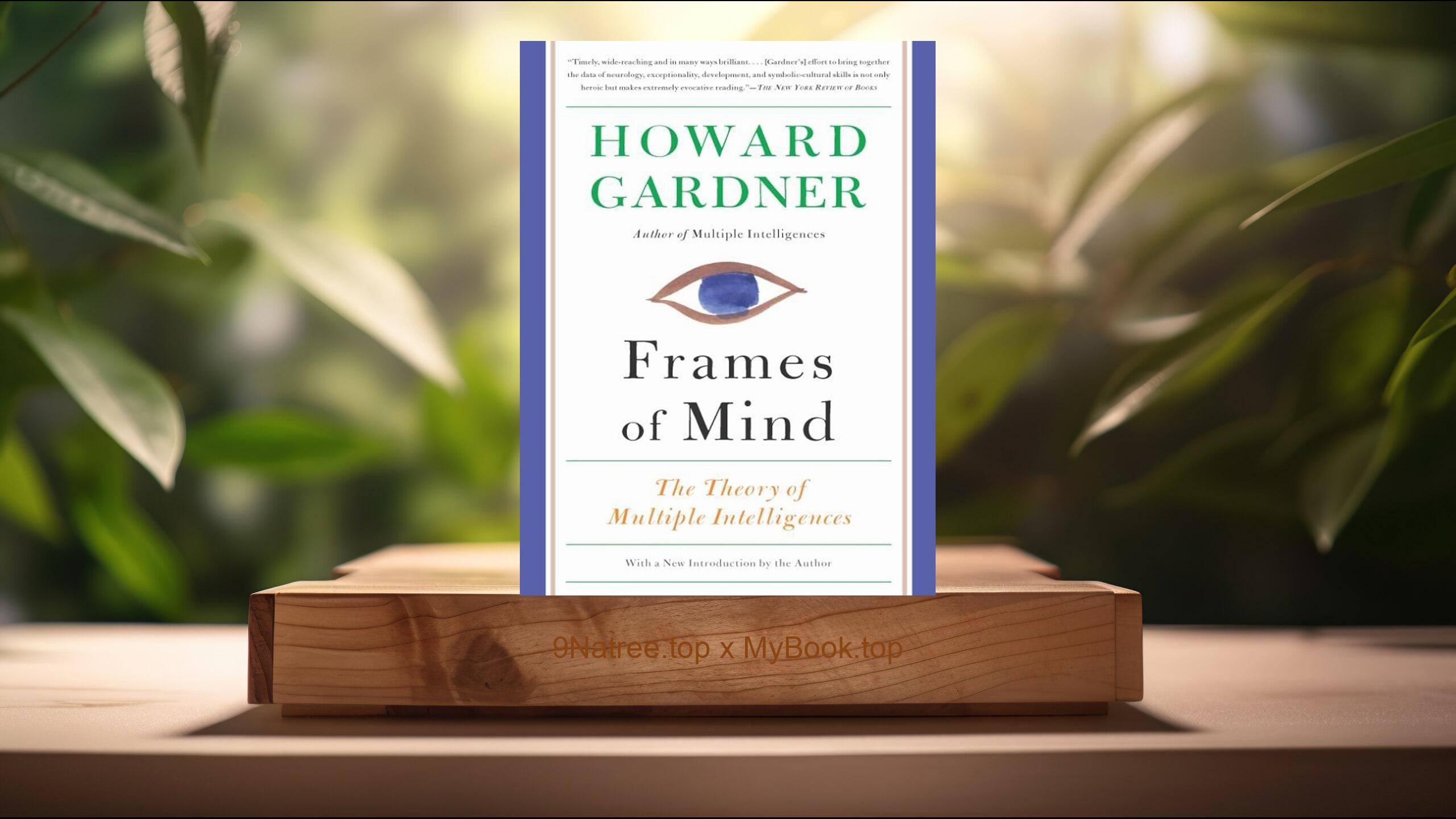Show Notes
- Amazon USA Store: https://www.amazon.com/dp/1394209029?tag=9natree-20
- Amazon Worldwide Store: https://global.buys.trade/Financial-Literacy-for-All-John-Hope-Bryant.html
- Apple Books: https://books.apple.com/us/audiobook/financial-literacy-for-all-disrupting-struggle-advancing/id1743485468?itsct=books_box_link&itscg=30200&ls=1&at=1001l3bAw&ct=9natree
- eBay: https://www.ebay.com/sch/i.html?_nkw=Financial+Literacy+for+All+John+Hope+Bryant+&mkcid=1&mkrid=711-53200-19255-0&siteid=0&campid=5339060787&customid=9natree&toolid=10001&mkevt=1
- Read more: https://mybook.top/read/1394209029/
#financialliteracy #wealthbuilding #economicempowerment #generationalwealth #middleclass #personalfinance #entrepreneurship #financialeducation #FinancialLiteracyforAll
These are takeaways from this book.
Firstly, Understanding the Financial Literacy Gap, In the opening chapters, Bryant elucidates the concept of the financial literacy gap across America, highlighting how this gap perpetuates cycles of poverty and limits upward mobility. He draws from research and his own experiences to show how many Americans have never been provided the necessary tools to navigate wealth-building, credit, savings, and investment. The book discusses the particular vulnerabilities of minority and underserved communities, for whom the lack of financial education is both a symptom and a cause of broader social and economic inequality. Importantly, Bryant challenges the reader to rethink financial literacy as a fundamental civic right rather than a privilege reserved for the elite. By framing financial acumen as an essential life skill, he encourages readers, policymakers, and educators to demand (and deliver) widespread access to financial education starting at an early age. This topic lays the groundwork for understanding why so many struggle financially and why the solution must involve systemic change from the top down.
Secondly, Building Blocks of Personal Financial Freedom, Bryant’s guide then moves to practical, foundational skills necessary for building personal financial freedom. He provides a clear, jargon-free breakdown of banking, budgeting, debt management, credit building, and basic investing. Using relatable stories and simple step-by-step instructions, the author makes intimidating concepts accessible to a broad audience. Bryant stresses discipline and consistency, especially in the areas of savings and responsible credit use, arguing that even small, regular actions can lead to significant long-term gains. He also addresses common financial pitfalls—such as payday loans and predatory lending—and offers strategies for avoiding them. Crucially, this section aims to empower readers to not only make good financial decisions for themselves but to support others in their community, creating a ripple effect that can uplift entire neighborhoods and generations. Bryant insists that these building blocks are not optional if one wants to escape the cycle of struggle and attain genuine financial freedom.
Thirdly, Entrepreneurship and Economic Mobility, Financial Literacy for All also emphasizes the role of entrepreneurship as a pathway to economic mobility and wealth creation, particularly for those often left outside traditional pathways to advancement. Bryant offers insights into what it takes to launch and sustain a small business, from ideation and planning to securing financing and marketing. He demystifies the entrepreneurial journey by detailing both the opportunities and the risks, providing actionable advice on networking, mentorship, and leveraging community resources. Furthermore, Bryant discusses the psychological hurdles would-be entrepreneurs face, including fear of failure and limited access to capital, and outlines how financial literacy can mitigate these risks. He champions the idea that entrepreneurial thinking, even for those who never start a formal business, fosters resilience, adaptability, and creativity—qualities essential for financial and personal success in an ever-evolving economy.
Fourthly, Advancing Financial Freedom through Policy and Community Action, Going beyond individual action, Bryant addresses the importance of systemic solutions in advancing financial freedom for all. He examines current policies around education, banking, housing, and employment, illuminating how inequities in these systems can inhibit financial progress for large segments of the population. Importantly, he provides a blueprint for collective action, arguing that lasting change requires alignment between government, private enterprise, non-profits, and grassroots organizations. Bryant shares case studies of successful community initiatives, illustrating the power of local activism and public-private partnerships. He makes a persuasive case that individuals cannot thrive in systems designed to exclude them, reinforcing the book’s call for comprehensive reform in education and economic access. This focus on policy and community action encourages readers to look beyond personal gain to the creation of a new, more equitable middle class.
Lastly, Creating Generational Wealth and Hope, The book’s final key theme addresses the importance of building and maintaining generational wealth as a means of breaking historical cycles of poverty. Bryant illustrates how wealth is not just about money, but also about knowledge, opportunity, and mindset. He provides a roadmap for passing on not only financial assets, but also the critical skills and values that underpin a legacy of stability and prosperity. The section explores issues such as estate planning, homeownership, education, and instilling healthy financial habits in children. Bryant is passionate about empowering readers to become mentors and advocates in their own families and communities, perpetuating a spirit of hope and possibility. By laying out strategies for legacy building, he links personal advancement to the broader mission of creating a more inclusive and resilient American middle class. This topic resonates especially in communities long denied access to either wealth or the means to build it, emphasizing the transformative power of financial literacy for generations to come.
![[Review] Financial Literacy for All (John Hope Bryant) Summarized](https://episodes.castos.com/660078c6833215-59505987/images/2092716/c1a-085k3-7z93mxpmf0z-td7fpl.jpg)




